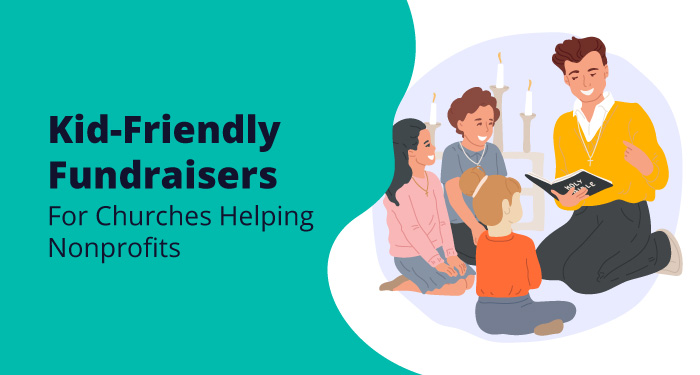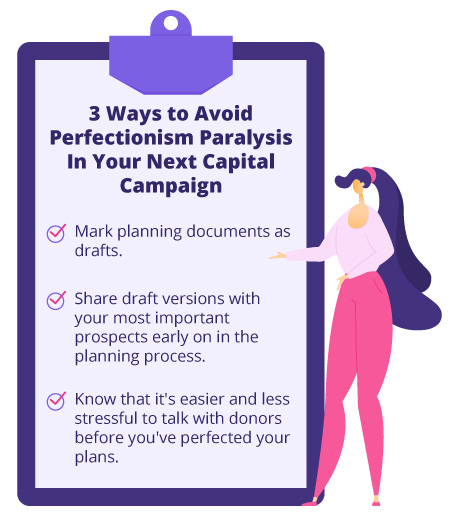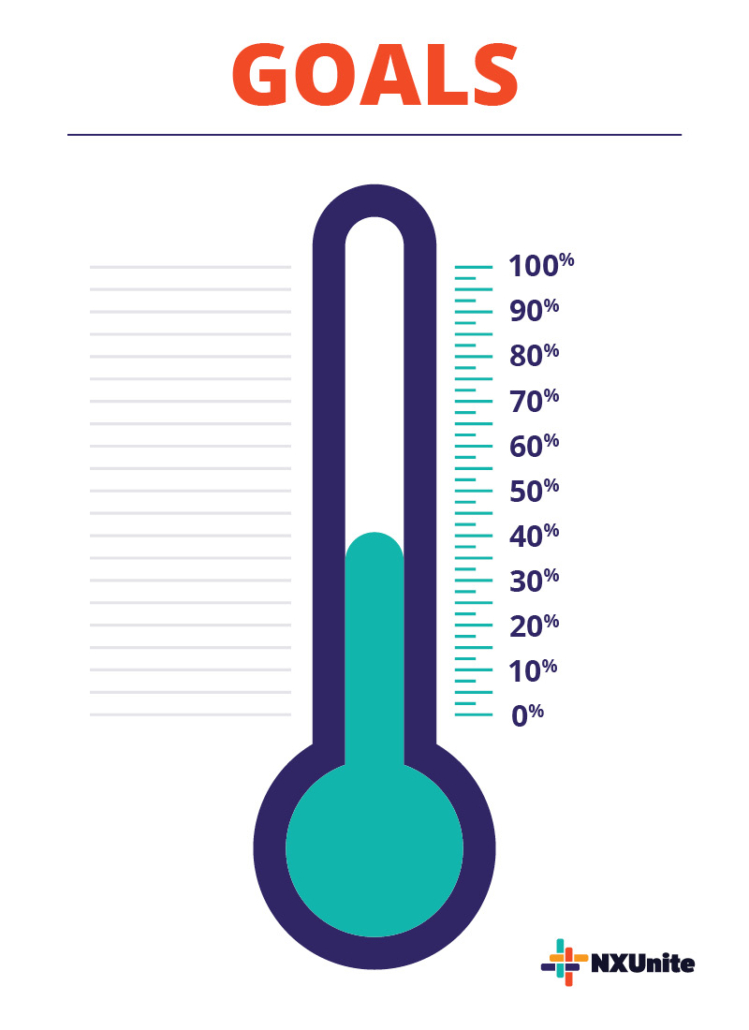Storytelling for Change: 5 Content Strategies for Nonprofits
In a world filled with endless information and constant distractions, nonprofits face an uphill battle when it comes to capturing the attention of their supporters. Yet, there exists a time-tested and transformative tool that can cut through the noise: storytelling.
We believe that every nonprofit has an incredible story to tell, and we are here to help you bring that story to life. Whether you’re working to alleviate poverty, protect the environment, promote education, or champion another noble cause, these insights will help you craft stories that inspire meaningful change.
1. Personalize Outreach
According to Double the Donation, personalizing outreach helps you appeal to your supporters’ specific interests and preferences. This, in turn, enables you to build long-term relationships and secure financial support.
Take these steps to ensure that your stories appeal to each reader:
- Segment your audience. Start by dividing your donor and supporter list into segments based on relevant criteria, such as giving history, engagement level, demographics, interests, or location. For example, you might create segments for first-time donors, long-time supporters, volunteers, and individuals who have shown a particular interest in a specific program or cause within your organization.
- Craft personalized messages. After segmenting your audience, create tailored messages and content for each group. For instance, a first-time donor may receive an introductory letter that defines your mission and explains how they can get involved, while a long-time donor may receive regular updates on the impact of their gifts and recognition for their support.
It’s also important to pay attention to the timing of your outreach efforts. Consider when your audience is most receptive to communications. This might vary for different segments, so it’s essential to schedule your messages accordingly.
2. Create a Compelling Narrative Arc
Stories with a beginning, middle, and end have a natural narrative flow that helps maintain the audience’s interest. Let’s say your nonprofit’s mission is to end food insecurity and is hosting a virtual fundraising campaign to raise donations. Here are a few steps that you can take to build a narrative arc:
- Start with a relatable problem or challenge. Grab the reader’s attention with a compelling lead like: “Have you ever gone to bed hungry or had to worry about where your next meal will come from? For 23% of our neighbors, this is a daily reality.”
- Build tension by highlighting the stakes. Highlight the effects that malnutrition has on a person’s mental and physical health. For example, if left untreated, food insecurity can lead to malnutrition, chronic illness, and developmental issues. It can also perpetuate a cycle of poverty that hinders a person’s ability to achieve economic stability.
- Introduce your nonprofit’s role as the solution. After creating a sense of urgency, position your nonprofit as the solution to the problem. Explain how your organization is actively working to alleviate food insecurity through food distribution programs and community gardens.
- Conclude with a resolution or call to action. Use strong, actionable language to ask your audience to donate to provide meals for those in need. For example, you might end the appeal by saying, “Join us in the fight against hunger – your contribution can make a real difference in the lives of those struggling with food insecurity. Donate Now.”
For the best results, keep your narrative arcs concise and to the point. Avoid unnecessary details or tangential information that may detract from the central message.
3. Showcase Success Stories
People are more likely to support a nonprofit when they see that its activities are effective. To build your case for support, share success stories that demonstrate the tangible results of your work, making sure to:
- Be specific. Instead of vague statements like “we made a difference,” provide details and concrete numbers about the lives or communities you’ve impacted. For example, if you provide education to underprivileged families, you might mention how many children graduated or gained access to higher education as a result of your programs.
- Feature personal testimonials. Share testimonials from beneficiaries, volunteers, donors, or staff members who have witnessed the positive outcomes firsthand. Personal narratives add authenticity and emotional depth to your success stories. Include direct quotes that express the emotions and gratitude of those involved.
Add context by sharing the journey that led to your successes. Explain the challenges faced, the strategies employed, and the dedication of your team or volunteers. This helps your audience understand your process and appreciate the effort behind the achievement.
4. Use Visual Content
According to Getting Attention’s guide to digital marketing, 91% of individuals prefer visual content to written content. Use visual elements to break up large blocks of text and make your stories more engaging and digestible.
Here are three types of visual media to use in storytelling:
- Photos: High-quality photographs can capture the essence of your nonprofit’s work and the people it serves. Use them to illustrate “before-and-after” transformations, document events, showcase your programs in action, and highlight the challenges faced by the communities you serve.
- Videos: Video content is highly engaging and provides a dynamic format for your stories. Consider filming short documentaries about your mission, testimonials from beneficiaries, and interviews with your team members. These can be shared on your website, social media platforms, in email newsletters, and during fundraising events.
- Infographics: Infographics are effective for presenting statistical information in a clear and visually appealing manner. Use graphs, charts, and other graphic designs to illustrate key metrics, success rates, and other quantitative data.
Ensure that all visuals feature your nonprofit’s branding, including its logo, color scheme, and typography. Doing so will not only foster brand recognition but also build credibility, making it more likely that supporters engage with your nonprofit’s programs.
5. Take a Multichannel Approach to Outreach
If you want to share your stories with as many potential supporters as possible, take a multichannel approach to marketing. This refers to the process of disseminating a similar message across several communication channels—both online and offline.
Popular platforms for multichannel marketing include:
- Social media: Platforms like Facebook, Instagram, and LinkedIn provide a dynamic and widespread audience for sharing stories, photos, videos, and updates. Use relevant hashtags and engage with your followers to amplify your reach.
- Email: Sending out regular newsletters or email updates allows for more in-depth storytelling and the opportunity to deepen your connection with supporters. Make your subject lines eye-catching to improve open rates.
- Website: Your nonprofit’s website serves as a central hub for your stories. Create a dedicated blog section where you can regularly publish in-depth narratives, success stories, and reports. Additionally, consider leveraging Google Grant funding to drive traffic to your website. This program provides eligible nonprofits with free advertising dollars on Google, helping you reach a wider audience and direct them to your content.
- Direct mail: Despite the rising popularity of digital marketing, direct mail is still an effective way to share your nonprofit’s stories, especially with older or offline audiences. Format your messages into flyers, letters, or postcards and deliver them directly to your supporters.
Remember that a consistent message is key to multichannel marketing. When your core message is the same across various channels, it’s easier for your audience to understand and remember it.
As the landscape of nonprofit work and communication continues to evolve, so should your storytelling methods. Be open to new platforms, technologies, and approaches and your content will succeed as a result.








